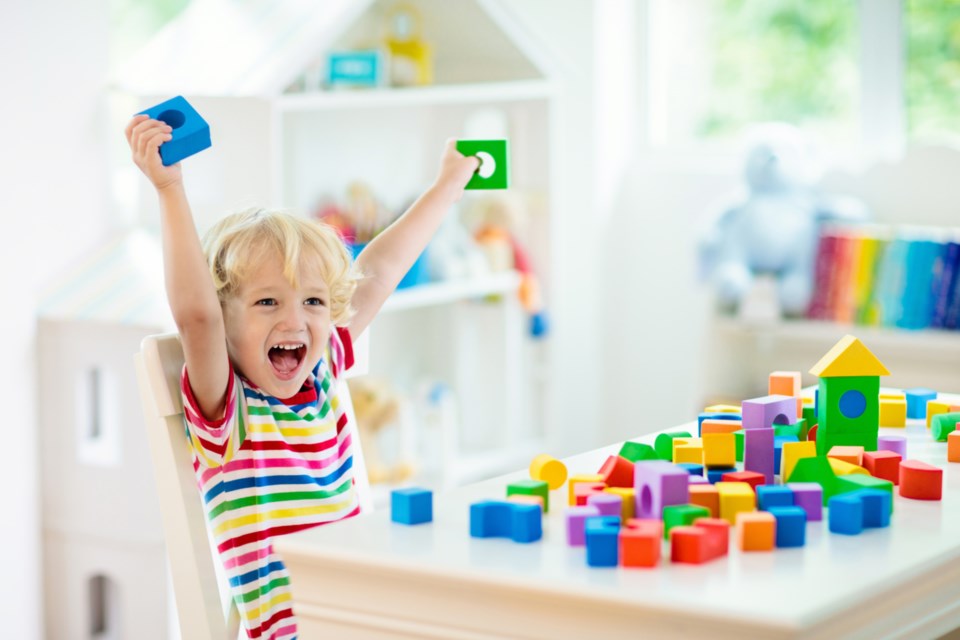This article, written by Hetty Roessingh, University of Calgary, originally appeared on The Conversation and is republished here with permission:
The end of the school year often signals long weeks of unstructured time and a complete break from academic learning. It’s time for fun — but unfortunately “the summer slide” isn’t just something at the playground. It’s also what educational researchers call the setback especially visible in children’s reading abilities after the summer. Teachers know that due to this slide, students often require weeks of review upon their return.
Children of low socio-economic status who may already be struggling with skills are especially at risk of falling even farther behind.
Some reading scholars emphasize the importance of reading-related activities to avoid the summer slide. Yet counter-intuitively, emphasizing children’s ABCs may be precisely the wrong thing to be doing with those lazy, hazy days of summer treasured by kids. Especially the youngest learners need a break.
For children aged five to seven, who are in the early stages of learning to read, it may be that an over-emphasis on alphabet and word recognition — what education scholars call “decoding skills” could frustrate children or do more harm than good.
Decoding, or the process of mapping sounds to symbols (also known as phonics) is highly complex and only part of the reading puzzle. Most reading theorists suggest teaching children to read involves both word recognition as well as comprehension knowledge, skills and strategies.
So let’s consider the value of lots of play-based experiences that can promote producing the internal mental representations of the external world and its shape, sizes and sequences. Such experiences are critical to laying the foundation for both literacy and numeracy.
The hand-brain connection
Children’s direct tactile experiences — what they do with their hands — and their sensory engagement are part of developing neuro-circuitry to the brain or what’s called embodied cognition.
Evolving research in the neurological, cognitive and developmental sciences underscores that young children are essentially sensory beings who come to know their world by creating internal mental representations of their external world.
Such experience is mediated through an enormous amount of fine motor manipulative play, ideally accompanied by rich opportunities for language development to name, describe and elaborate these interconnections.
The hands are crucial in making these connections and even in building positive physical habits and neural pathways to develop emotional self-regulation integral to school and life success.
Visually mediated simulations by way of a digital device are no short-cuts to this crucial hand-brain connection.
Muscle memory
Fine motor play also builds strength and endurance in muscle memory needed for literacy tasks like putting pencil to paper. Building up the fine motor muscles helps reduce the drain on working memory - something educational psychologist John Sweller has called the “cognitive load,” when it comes to printing. The child can then allocate scarce cognitive resources to other demanding dimensions of literacy learning, such as retrieving words or doing the planning needed to write sentences.
Of course, reading aloud to children, modeling reading behaviours, and attending drop-in library programs over the summer matter! Parents should continue to encourage an interest in language and print materials. But remember that reading programs may produce only modest gains for youngsters over the summer months.
We need a broader conceptualization of how early literacy skills are developed, including embodied cognition through play. Then, kids find activities they enjoy and are likely to repeat.
Activities for small fingers
Here are some ideas for giving small fingers a work out that will realize goals for early literacy learning — through both fine motor manipulative and fine motor literacy play!
Manipulative play works the fingers with buttons, blocks, puzzle pieces and so on to develop mental constructs of shape and relationships that are foundational to letter recognition.
Fine motor literacy play works with literacy tools such as pencils, paper, erasers and glue sticks to work on the hand’s pincer grip. Children gain familiarity with the tools needed for beginning to print, spell, and put ideas on the page between kindergarten and Grade 1.
1. Games with tweezers
Using tweezers helps children develop a pincer grip: children could sort small-to-medium sized beads by shape, size, colour. With a small, durable and shallow bowl or lightweight tray, this is a great portable activity.
2.Patterning or sorting with beads or buttons
Make a pattern or a sequence for designing a friendship bracelet or necklace. Or consider the unexpected fun of running your fingers through a bowl of colourful odd buttons you might find at a thrift store. These could be sorted, used for pattern-making or added to crafts.
3. Threading and lacing
Lacing shoes or even lacing shoelaces through a cardboard with cutout holes are wonderful fine motor activities.
4. Loose parts play
Work on whole-part relationships with loose parts that can come apart and be put together. For example, work on “left loose; right tight” with nuts and bolts or screws to help develop a sense of direction and to build grip strength, or provide children with blocks.
5. Folding paper
Children can develop finger strength while working on shape and symmetry concepts with either origami or paper airplanes.
6. Beyond shoelaces: buttons, snaps and zippers
Mastering these intricate items are milestone moments for young children.
7. Everyday writing or simple crafts
Working with scissors, erasers, pencils, crayons and glue sticks means working with literacy tools. Better than drilling the alphabet: invite children to make a friendship card or write the family grocery list.
8. Simple games
A blast from the past! Tiddly winks, marble games, jacks, pick-up sticks and games with dice are all great ways for developing fine motor skills. Number games with dice can help make number concepts automatic and promote simple math skills.
Let’s put some fun into fundamental skills this summer!![]()
Hetty Roessingh, Professor, Werklund School of Education, University of Calgary
This article is republished from The Conversation under a Creative Commons license. Read the original article.
